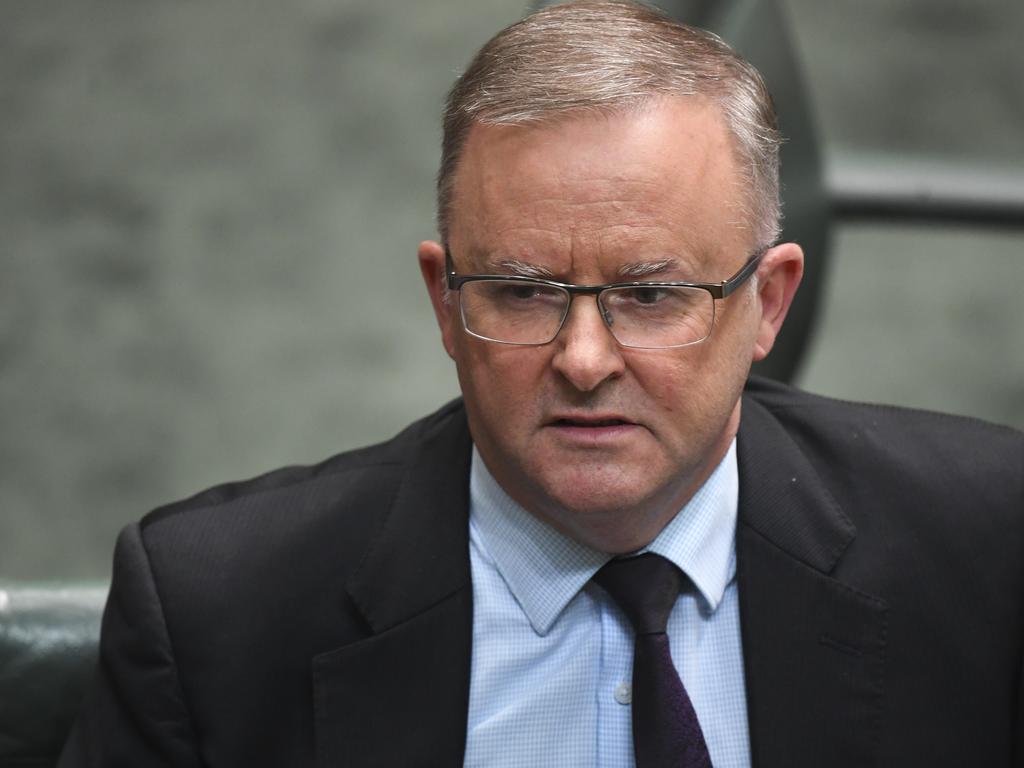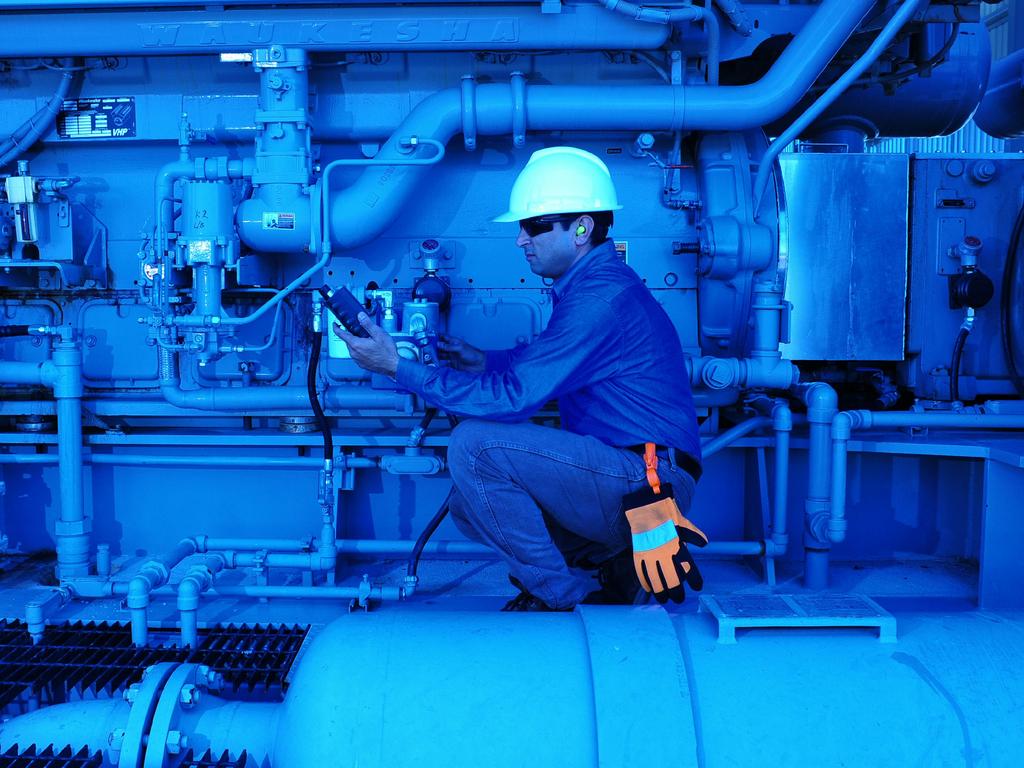
The world’s leading scientific agencies, including our own, have shown that the earth is warming and sea levels are rising. A hotter and drier planet, and more extreme weather events, threaten economic growth, health and safety, water and food security, biosecurity and the natural environment, and more.
There is no Australian government that does not accept that climate change presents a major economic, social and environmental challenge for this generation. There is no government that is not allocating significant funds and using regulatory frameworks to mitigate climate change. Every state and territory government supports the goal of zero net carbon emissions by 2050.
Yet our national politics remains defective in response to climate change. It is perhaps the single most significant public policy failure in decades and it has destroyed multiple prime ministers. The evidence for the existence of climate change and the case for decarbonising the economy in response could not be clearer. But we have no clear national framework, long-term goals nor detailed strategies to deal with it.

Neither the Coalition nor Labor, nor indeed the Greens, can claim the moral high ground on climate change. For more than 30 years, both major parties have promised to make reducing emissions a priority but have failed to reach a consensus on how. They have, for the most part, agreed on the problem but not the solution. The major parties have also habitually walked away from their own policies.
In the early 1990s, Liberal leaders Andrew Peacock and John Hewson argued for a 20 per cent reduction in emissions by 2000. John Howard promised to implement an emissions trading scheme if his government was re-elected in 2007. Malcolm Turnbull supported Kevin Rudd’s Carbon Pollution Reduction Scheme in 2009. So did Tony Abbott, who urged the Coalition to support it in a column published on this page.
Rudd, having failed to legislate his CPRS, walked away from it in early 2010. He rejected advice to go to a double dissolution election on climate change. Julia Gillard promised not to introduce a carbon tax but then effectively did so when she legislated a fixed carbon price period before a floating price. When Gillard lost the prime ministership to Rudd, he declared the carbon tax was dead and would move to the floating price earlier.

Meanwhile, Abbott waged an unremitting campaign to destroy the Gillard government’s “carbon tax”. Although he waxed and waned about the science of climate change, he nevertheless introduced a $2.5bn Emissions Reduction Fund to pay polluters to curb emissions as part of his “direct action” policy. The Abbott government signed up to the Paris Agreement to reduce emissions by 26-28 per cent on 2005 levels by 2030.
The National Energy Guarantee negotiated by Turnbull and Josh Frydenberg could have been a breakthrough in the climate wars in 2018. It would provide for the security and reliability of energy supply, using a mix of sources, consistent with Australia’s commitment to reduce emissions under the Paris Agreement. It was adopted by the Liberal and National parties.
But a revolt by a rump of Coalition MPs threatened Turnbull’s leadership and he dumped a plan to legislate emissions reduction targets as part of the NEG. Abbott, who signed Australia up to those emission reduction targets, opposed the NEG. The policy was ditched by Scott Morrison. But, in a sign of how bizarre Australia’s climate change politics is, Labor has said it would support the NEG.

The Greens have been no better. When they had the opportunity to vote for Rudd’s CPRS — the most efficient and cost-effective way to reduce emissions — they instead voted with the Liberal and National parties to defeat it. (Liberal senators Sue Boyce and Judith Troeth broke ranks to support Labor’s CPRS.) The Greens must accept some responsibility for this lost opportunity.
Australia, we are told, is on track to meet its emissions reductions commitments under the Paris Agreement. This is largely because of the transition in the economy, led by major emitters, and is happening regardless of government policies. But it is not enough. The latest figures show that emissions fell by just 0.3 per cent in the year to last September.
The Coalition must support the goal of zero net emissions by 2050 ahead of November’s UN Climate Change Conference in Glasgow. This goal would provide a clear timeline for major emissions reductions. It has the backing of 73 other countries, including conservative governments, around the world. It has the support of Australia’s business community and environmental groups. Australia would be an international pariah if it failed to sign up to the goal.
But Labor has made a strategic misjudgment by committing to the goal without a plan to achieve it. Labor is still all about the politics of the warm inner glow. Labor’s “climate emergency” motion presented in parliament achieved nothing. It has embraced the alarmist panic mentality towards climate change. To many voters, this rhetoric signals higher power bills and lost jobs. Labor has not done the hard policy work. Nor has it learned any lessons from the past election.
More jobs. Lower emissions. Lower power prices.
— Anthony Albanese (@AlboMP) February 21, 2020
Australia can become a clean energy superpower – harnessing the wind and sun to spark a new manufacturing boom and power generations of jobs.
That’s the carbon neutral future that we can seize – together. pic.twitter.com/uibk3lenNY
A bipartisan policy would recognise the need for a new energy mix and better storage that facilitated renewables (solar and wind), hydrogen and natural gas, hydro-electricity and batteries. Coal-fired power will be around for some time but renewables are likely to make up 80 per cent of our energy supply by 2050. Rapid technological progress, which is cutting costs, is making a major energy transition possible by mid-century.
There is one energy source that is taboo in Australia: nuclear power. If Australia were serious about decarbonising the economy, and achieving zero net emissions by 2050, then this is an energy source that we should embrace. But Labor and the Greens are illogically opposed to even considering nuclear power. It is another example of our flawed approach to energy and climate change policy.








It is beyond mad that some politicians still doubt whether climate change is real and that it demands a local, national and global policy response.